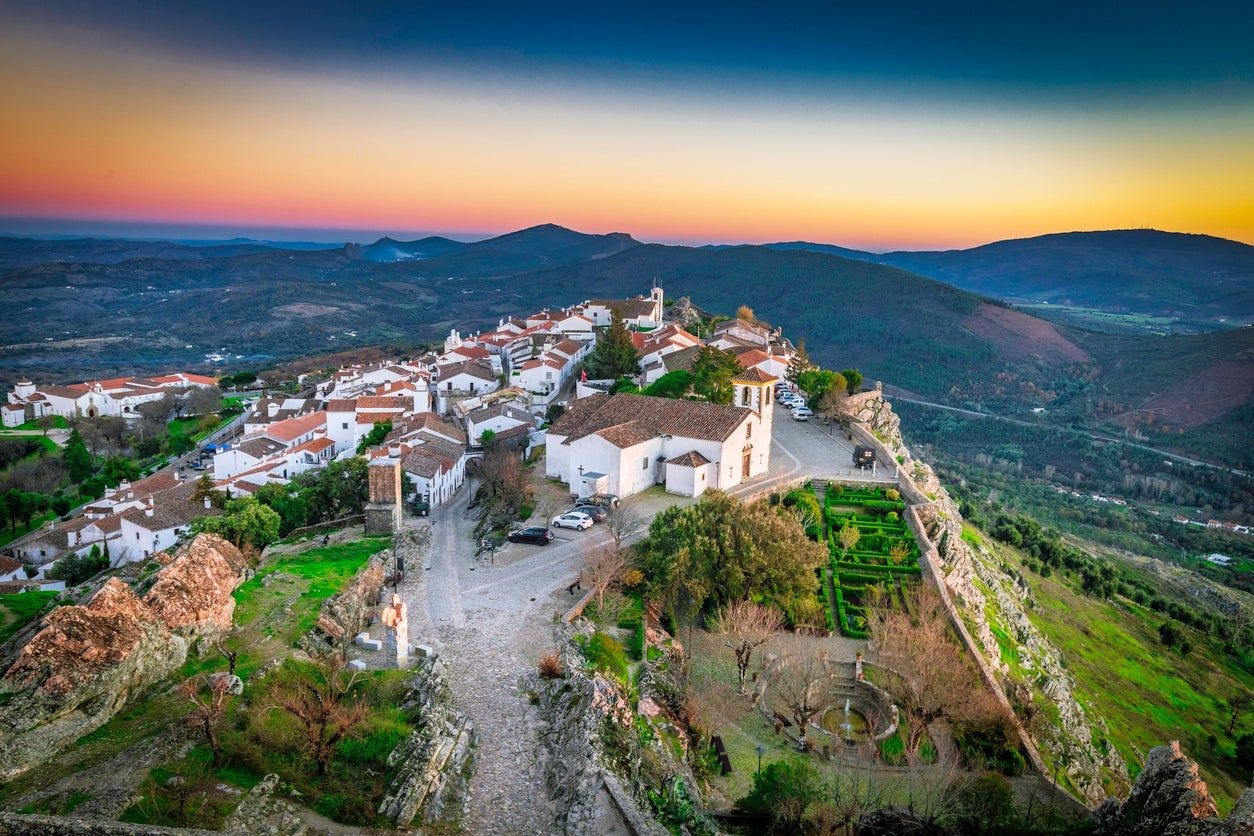Discovering the most enchanting towns in Portugal is a challenging endeavor, given the country’s diverse landscapes and architectural styles that evolve from the mountainous and verdant north to the coastal and whitewashed south. While iconic cities like Lisbon and Porto, as well as popular regions like the Algarve, boast undeniable beauty, Portugal unfolds additional layers of charm beyond these well-known destinations, offering hidden gems and serene retreats that beckon exploration.
Vila Nova de Milfontes
Nestled along the Alentejo coastline, Vila Nova de Milfontes captures attention at the mouth of the Mira River. This idyllic town draws visitors with its tranquil waters, perfect for summer picnics and paddleboarding. The coastal scene, featuring a vibrant surf culture, remains quieter than more frequented areas, creating a serene ambiance. The town itself, though quiet, offers a selection of restaurants serving local cuisine and fresh seafood, making it an ideal detour for those traveling between Lisbon and the Algarve.
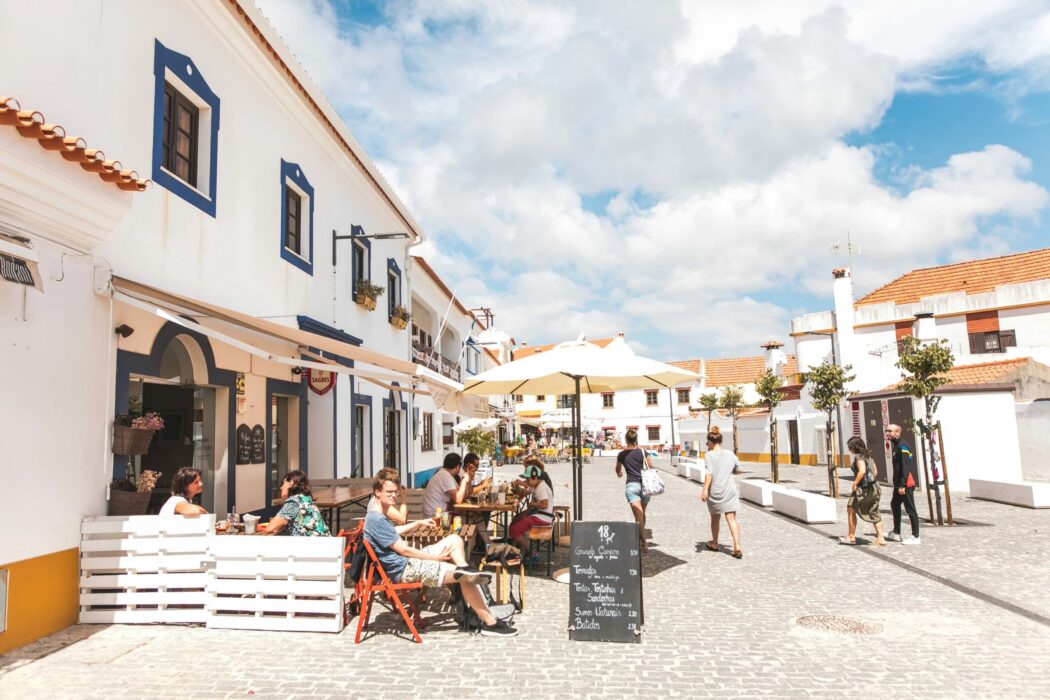
Azenhas do Mar
Perched atop a hill overlooking a rocky coastline, Azenhas do Mar epitomizes picturesque charm. With whitewashed houses boasting terracotta roofs, this village, located within reach of Sintra and Lisbon, is often deemed one of Portugal’s most photographed towns. A walking trail guides visitors through this scenic haven, providing breathtaking coastal views. The effort to reach the beach through winding roads and steps is rewarded with panoramic vistas, ensuring a memorable experience.
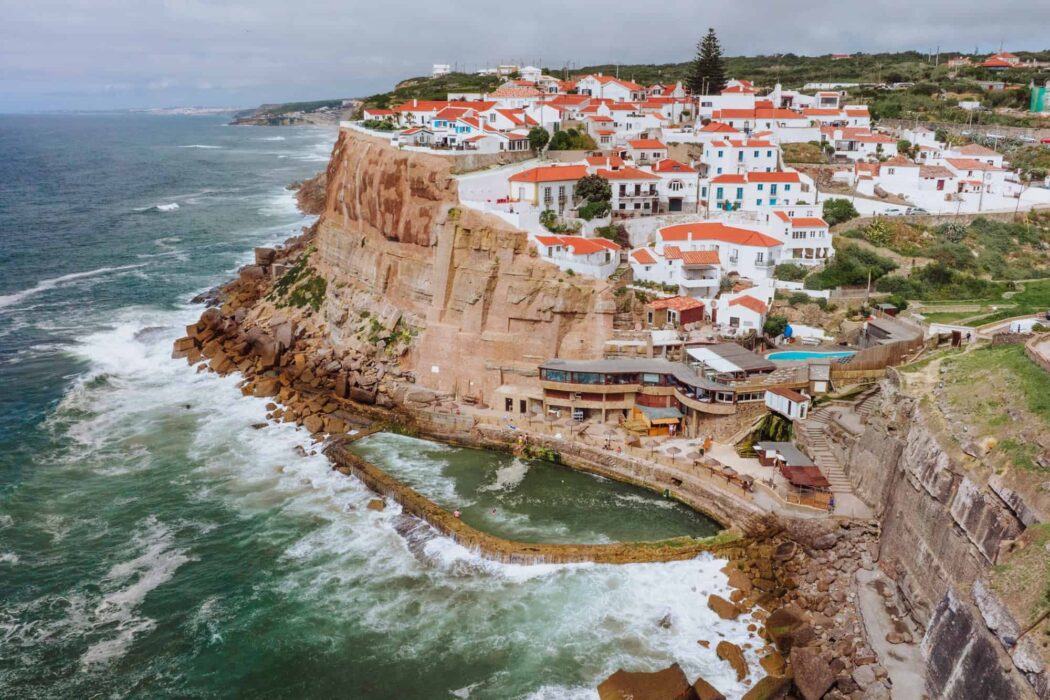
Évora
Steeped in history, Évora lies just over an hour from Lisbon in the enchanting Alentejo region. This medieval town, encircled by Roman city walls, presents a timeless image of Portugal. Cobblestone streets, whitewashed houses adorned with blue or yellow accents, and grand churches, including the largest medieval cathedral in Portugal, characterize Évora. Strolling through São Francisco, with its Chapel of Bones, and exploring iconic landmarks like the Diana Temple reveal the town’s rich heritage. The preservation of its charm and the lack of a crowded tourist atmosphere make Évora a welcoming and serene destination.
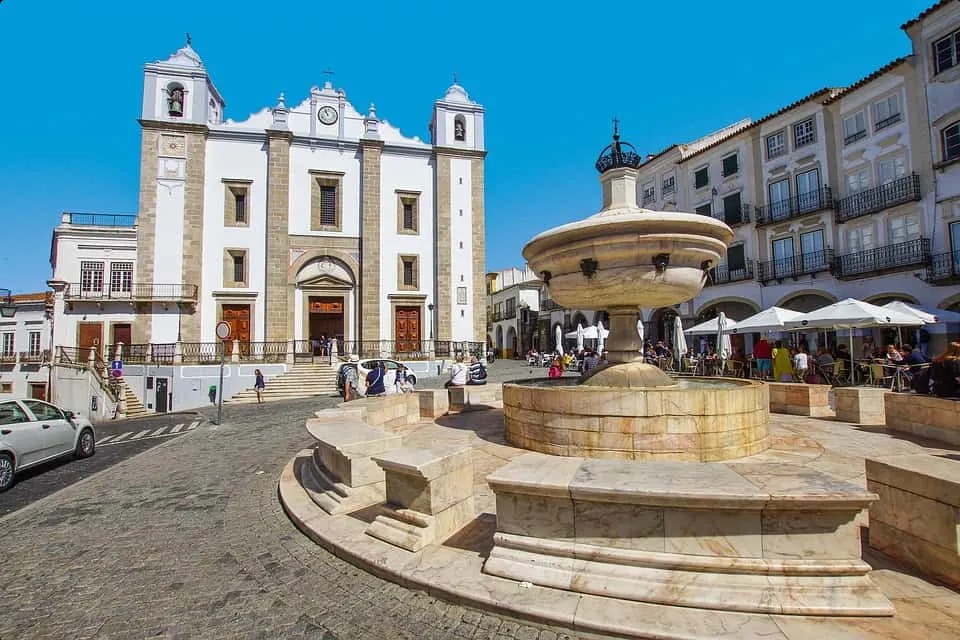
Paredes de Coura
Nestled in the verdant landscapes of northern Portugal, Paredes de Coura offers unparalleled views and tranquility. Situated near the Northern border of Spain, this village, surrounded by the lush Coura River, provides an ideal setting for nature enthusiasts. The distinctive dark slate houses reflect the mountainous environment, offering a unique architectural style. Every August, the town springs to life with an annual music festival, infusing vibrancy into the serene surroundings.
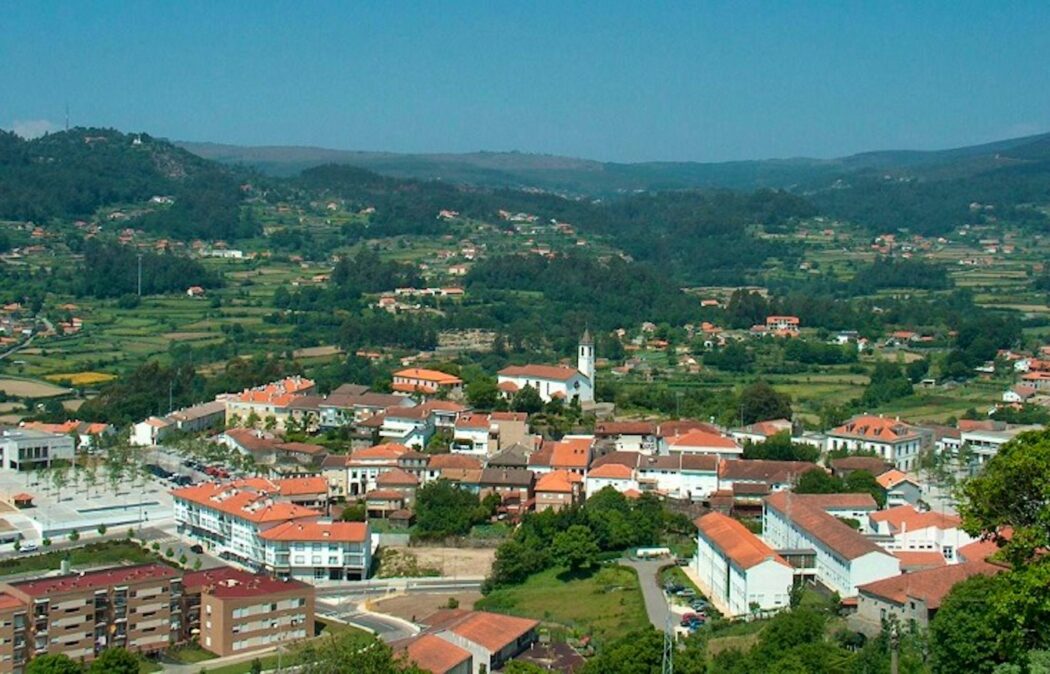
Sete Cidades
The Azores, a realm of otherworldly beauty, unfolds its magic in Sete Cidades on the island of São Miguel. Twin lakes, one blue and one green, take center stage amid cliffs adorned with vivid greenery. Legends attribute the colors to a poignant love story between a princess and a shepherd, adding an air of mystery to this captivating location. Hiking trails and miradouros provide opportunities to immerse oneself in the magical scenery of Sete Cidades.
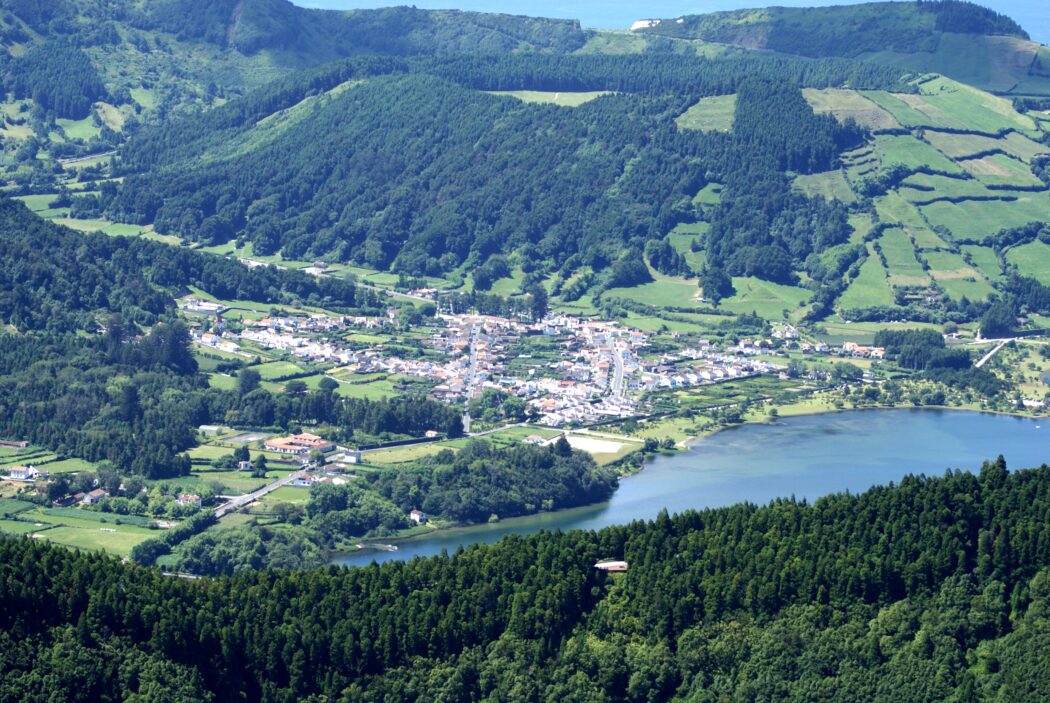
Amarante
Tucked away in northern Portugal, Amarante unveils a hidden gem with rows of 17th-century mansions boasting brightly painted wooden balconies lining narrow streets. The 16th-century Church of St. Goncalo and the Museum of Amadeo de Sousa-Cardoso add cultural richness to this charming town. Amarante’s appeal lies in its picturesque streets, where history meets contemporary life, offering visitors a taste of the region’s artistic and culinary heritage.
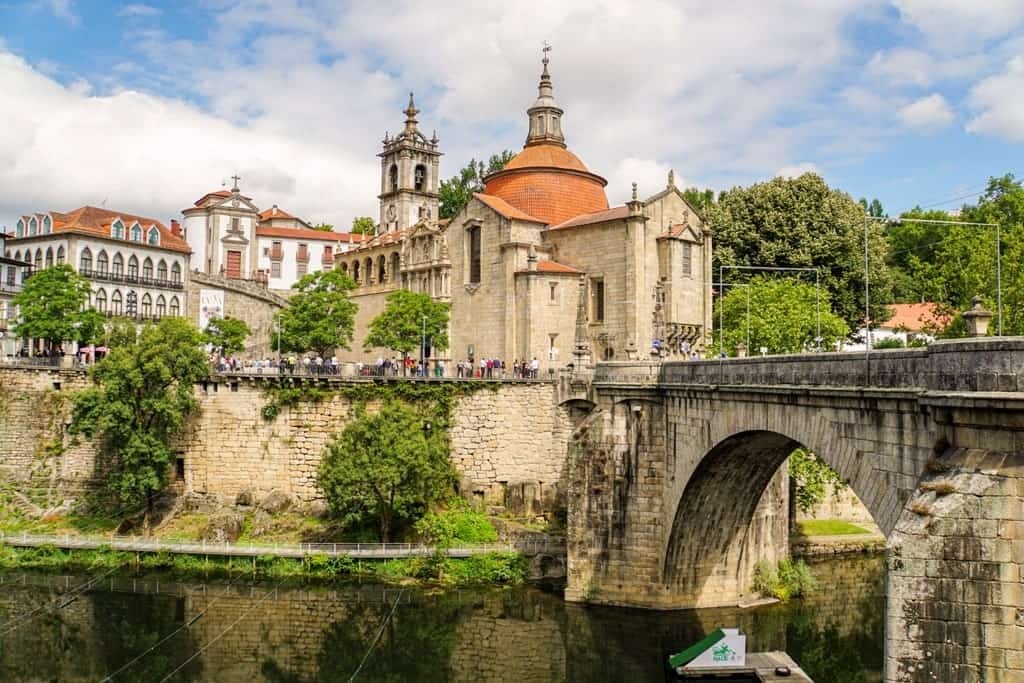
Monsanto
Enchanting and authentically Moorish, Monsanto stands as a testament to Portugal’s rich history. Conquered by the first Portuguese King, D. Afonso Henriques, and later restored by the Knights Templar, this village exudes authenticity. Nestled among vast granite boulders, houses seem to emerge organically from the rock, creating a captivating landscape. The village center, inaccessible to cars, invites exploration of its ruins and a leisurely lunch at Petiscos and Granitos restaurant.
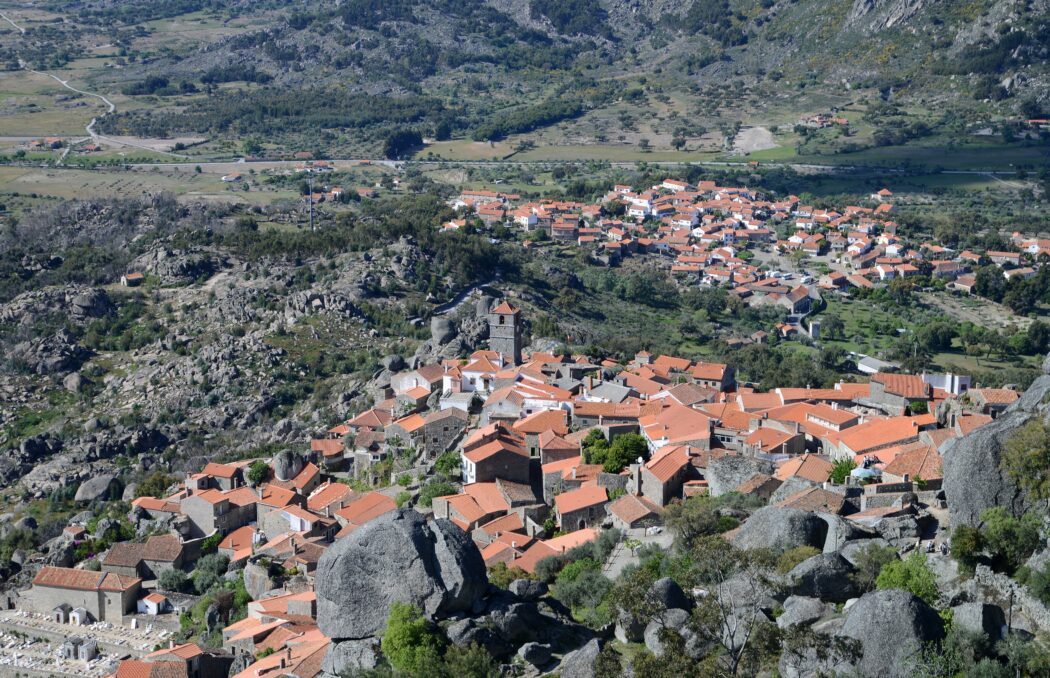
Sortelha
Perched on a granite outcrop, Sortelha commands mesmerizing views from the high keep of its 13th-century castle. The village, surrounded by defensive walls, retains its Renaissance-era charm with houses virtually unchanged. Hosting an annual medieval fair, Sortelha offers a unique glimpse into its historical legacy, with bizarre granite formations like The Old Woman’s Head and The Eternal Kiss adding to its distinctive allure.
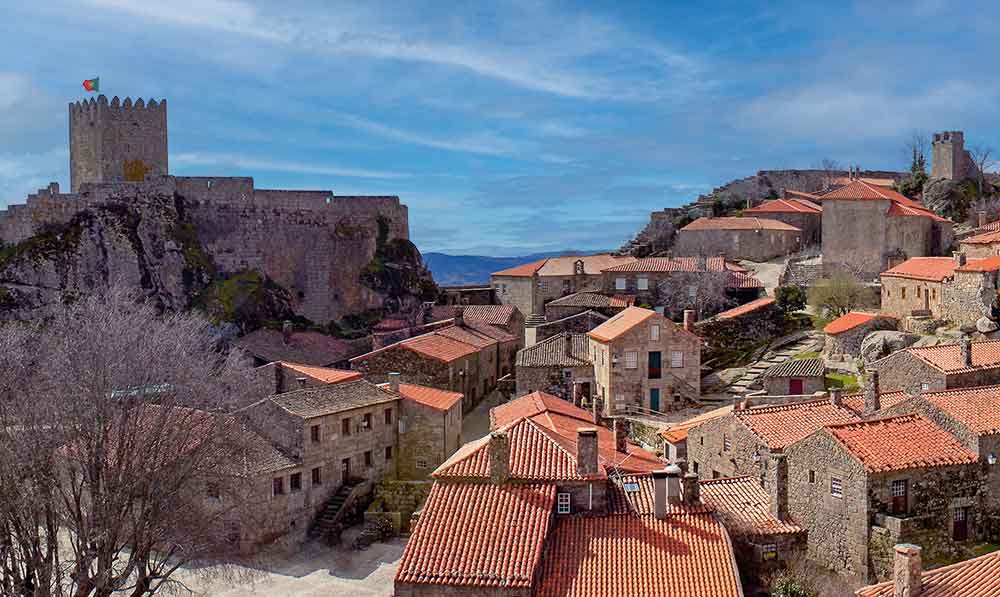
Alte
Alte, a dreamy amalgamation of white-washed houses and cobbled streets adorned with scarlet bougainvillaea, unfolds its charm in the heart of Portugal. Natural springs, such as Fonte Grande, offer refreshing retreats during the summer months. Local cafes, serving regional delicacies like snails and Sagres beer, beckon visitors to indulge in the village’s tranquil ambiance. Alte stands as a serene haven, perfect for picnics and exploring the small village museum.
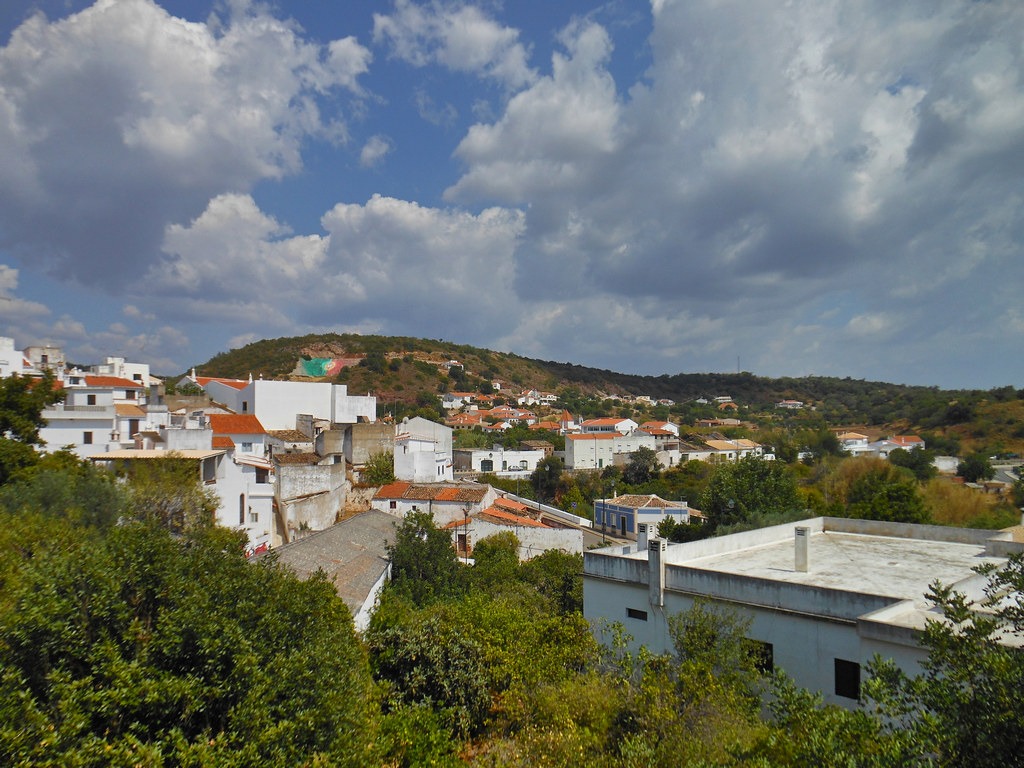
Talasnal
Embraced by the Lousã Mountains, Talasnal represents one of the 27 schist villages preserving Portugal’s historical and cultural tapestry. Linked by walking trails, these villages showcase the region’s cuisine and crafts. Talasnal, deemed the prettiest example, features the beloved Ti Lena restaurant. Indulge in local pastries like talasnico, crafted with honey, chestnuts, and almonds, while immersing yourself in the timeless charm of this schist village.
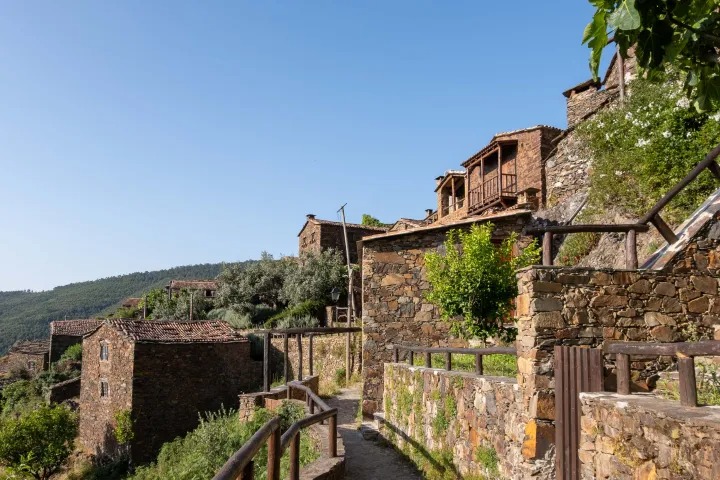
Carvalhal
Nestled among pine forests, rice fields, and dunes near Comporta, Carvalhal offers a pristine white-sand beach setting. The village beckons with its characteristic thatch and reed vernacular architecture. A horseback ride through the dunes or a visit to Sublime Comporta Beach Club adds to the allure of this coastal gem. Carvalhal, with its charming houses and a beach embraced by turquoise waters, creates a tranquil escape as the sun sets over the horizon.
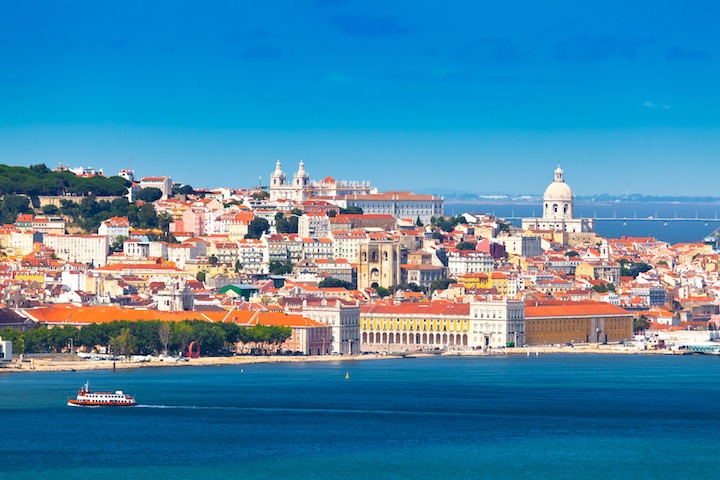
Lindoso: Positioned in the Peneda do Gerês National Park, Lindoso captivates with its collection of over 50 espigueiros, little granaries crafted from granite. These structures, resembling miniature tombs with crosses, safeguard grains and maize by providing optimal ventilation. Lindoso’s medieval castle, entwined with the village’s role in the Portuguese Restoration wars, overlooks wild, dramatic scenery and forest-clad peaks. The park’s diverse wildlife, including wolves and golden eagles, enhances the allure of this historic village.
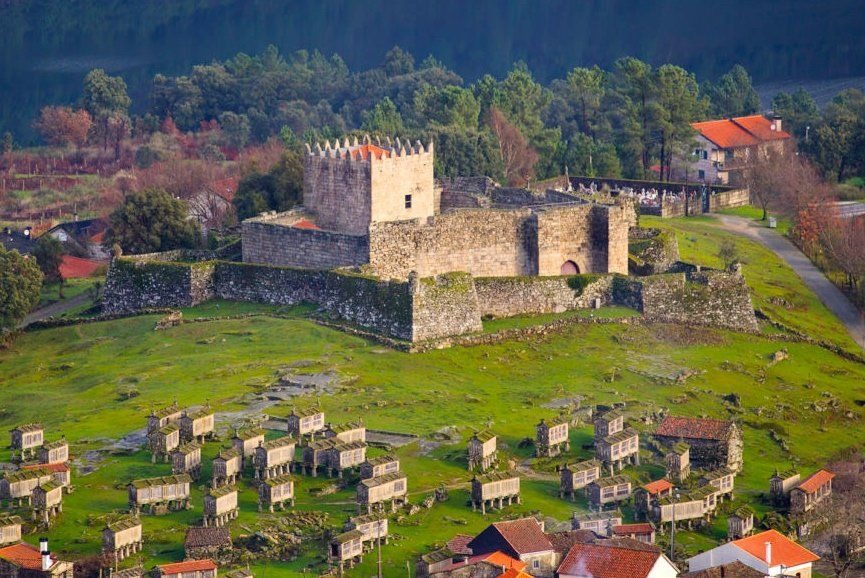
Marvão: Positioned at an elevation of 862 meters, Marvão stands as Alentejo’s most beautiful hamlet, encircled by 13th-century walls. The town seamlessly blends with the granite mountain, offering white-washed houses, cobbled streets, and 15th-century churches. Marvão’s Pousada, nestled in the main street, invites visitors to savor the views from its terrace. The charming ambiance, combined with historical richness, makes Marvão a captivating destination for those seeking tranquility.
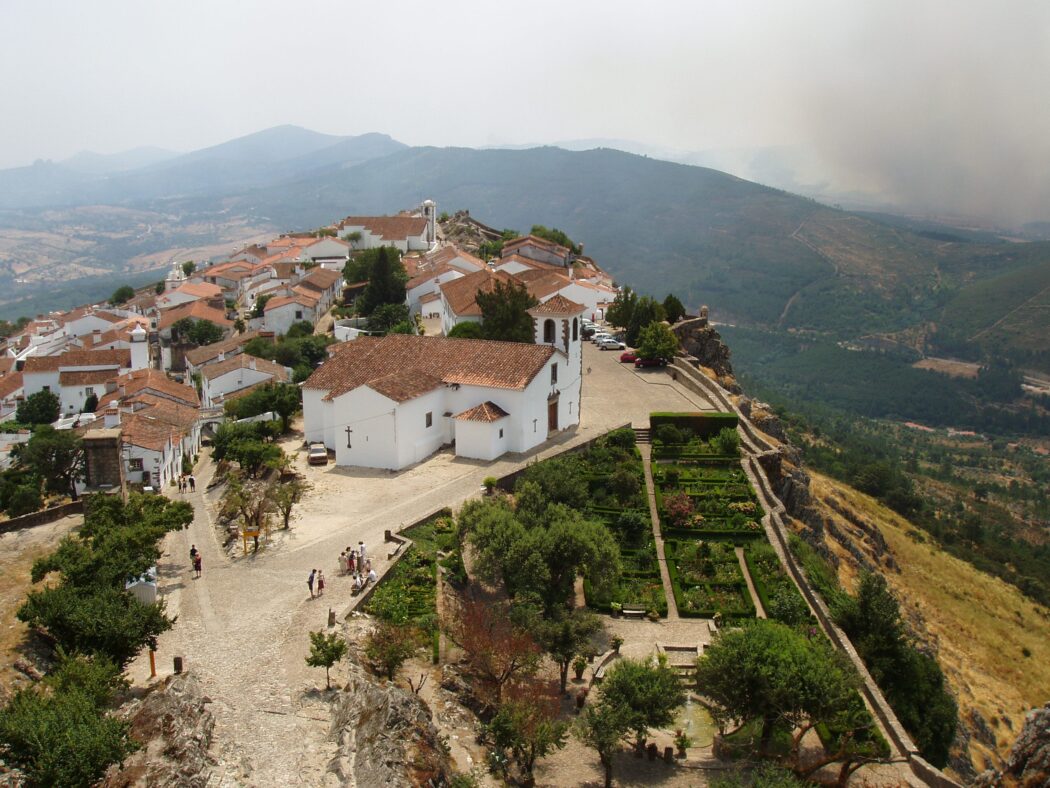
Cacela Velha
Perched on a hill at the eastern end of the Ria Formosa Natural Park, Cacela Velha boasts white-washed houses adorned with blue accents, preserving traces of Moorish occupation. The village’s 18th-century fortress protects its unique architectural heritage, including intricate chimney pots typical of the Algarve. Golden sands beneath the fortress reveal warm lagoons during low tide, providing an off-the-beaten-path beach experience in the Algarve.
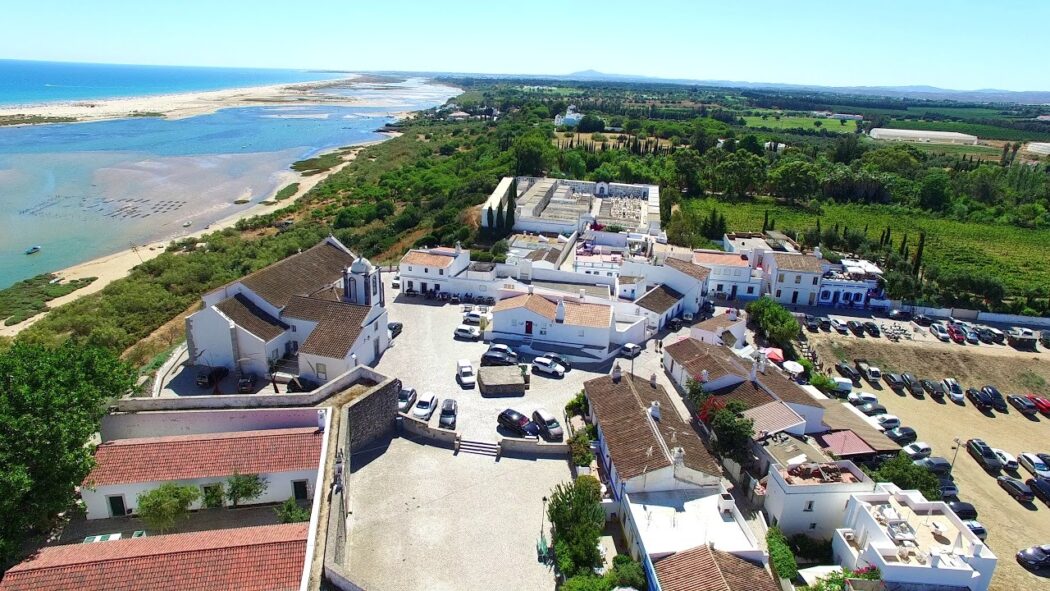
Belmonte: Recognized as the home of Pedro Álvares Cabral, Belmonte stands out for its enduring Jewish heritage. Unlike many places on the Iberian Peninsula, Belmonte retained its Jewish culture, albeit in secrecy, from the 16th century to the present day. The Belmonte Jewish Museum unravels this unique history. The 13th-century castle, the church of São Tiago, and a granite-carved pietà enrich Belmonte’s cultural tapestry, inviting exploration of its heritage and architecture.
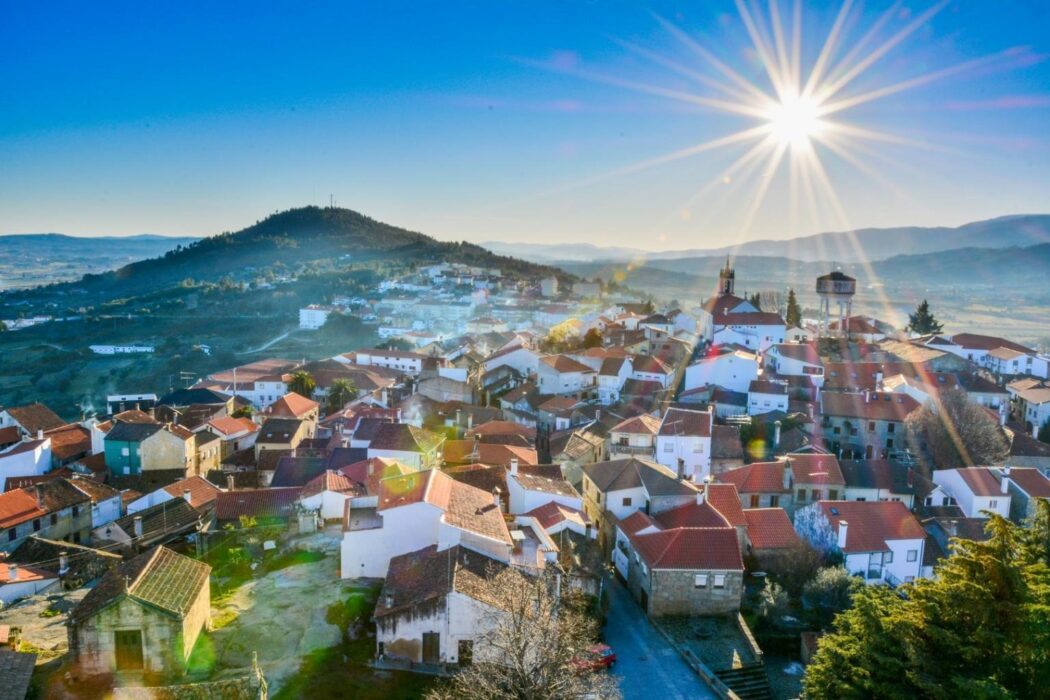
In the mosaic of Portugal’s towns, each gem tells a unique story, whether through historical landmarks, captivating landscapes, or a blend of cultural influences. Exploring these towns offers a journey through time and a deeper understanding of the diverse facets that define Portugal’s rich tapestry.


